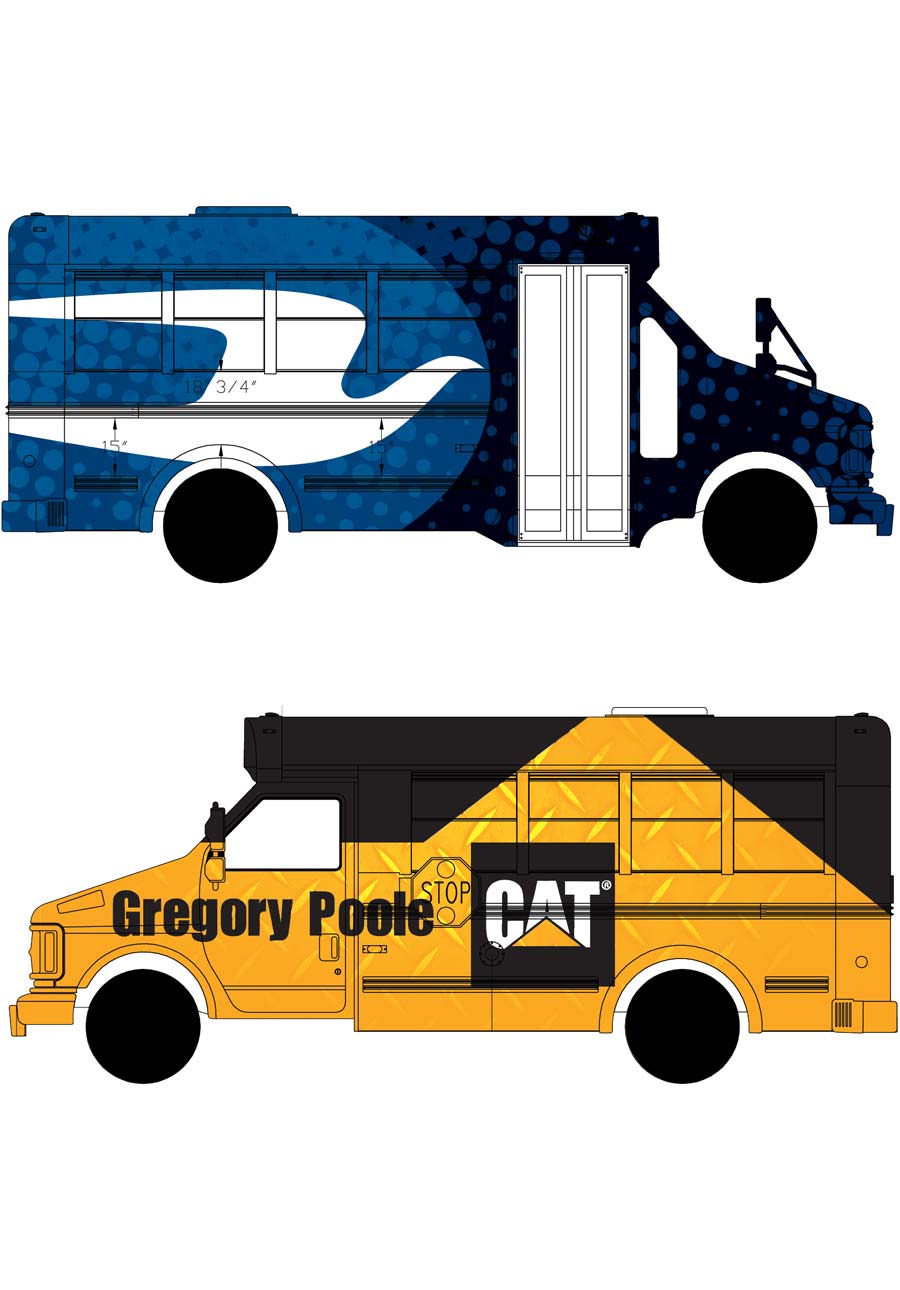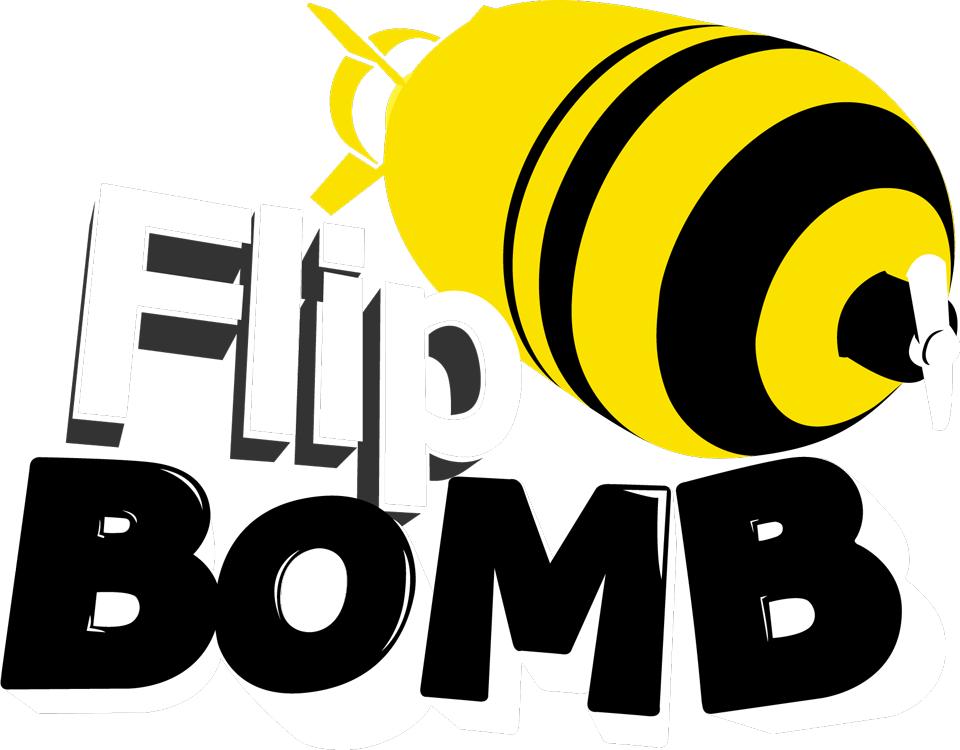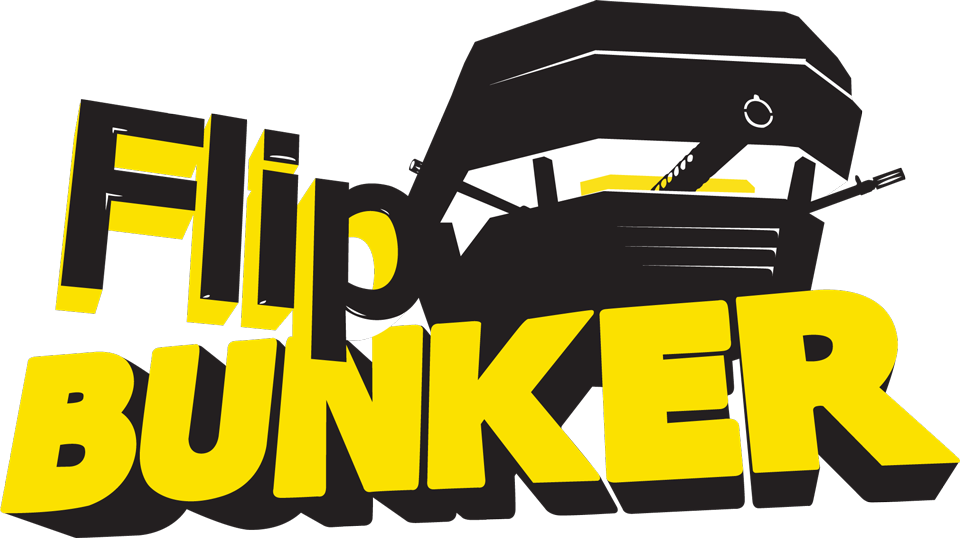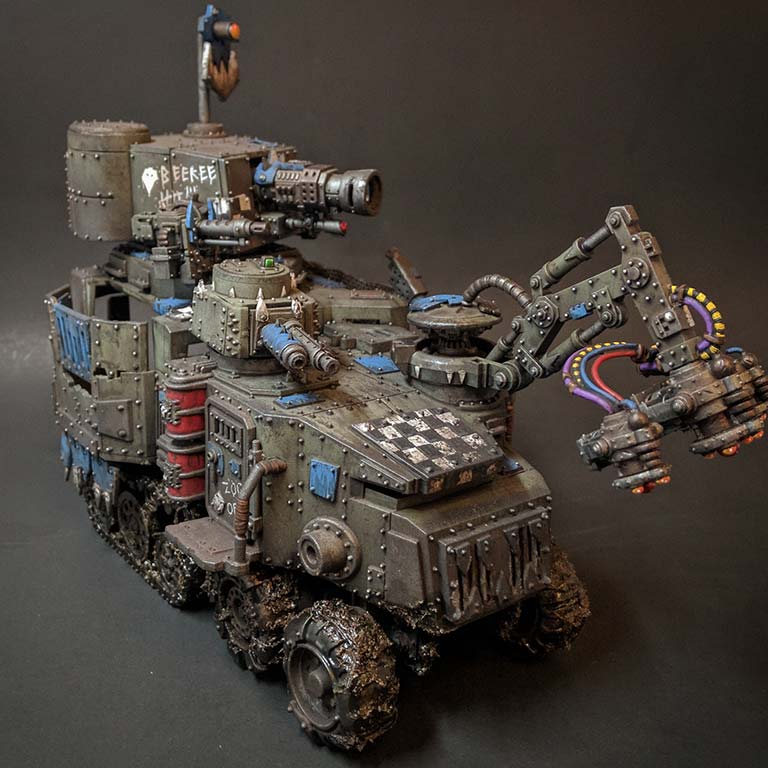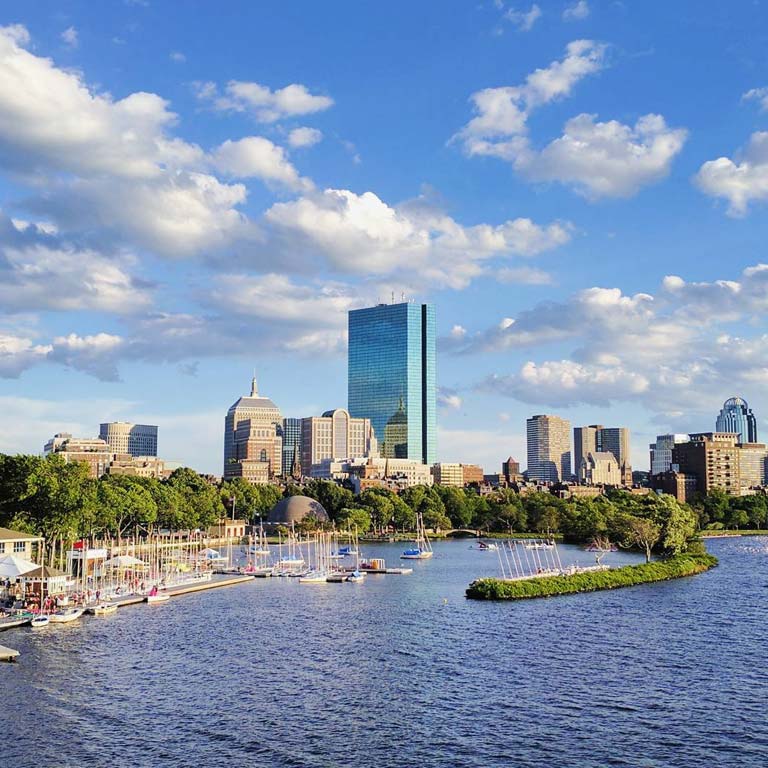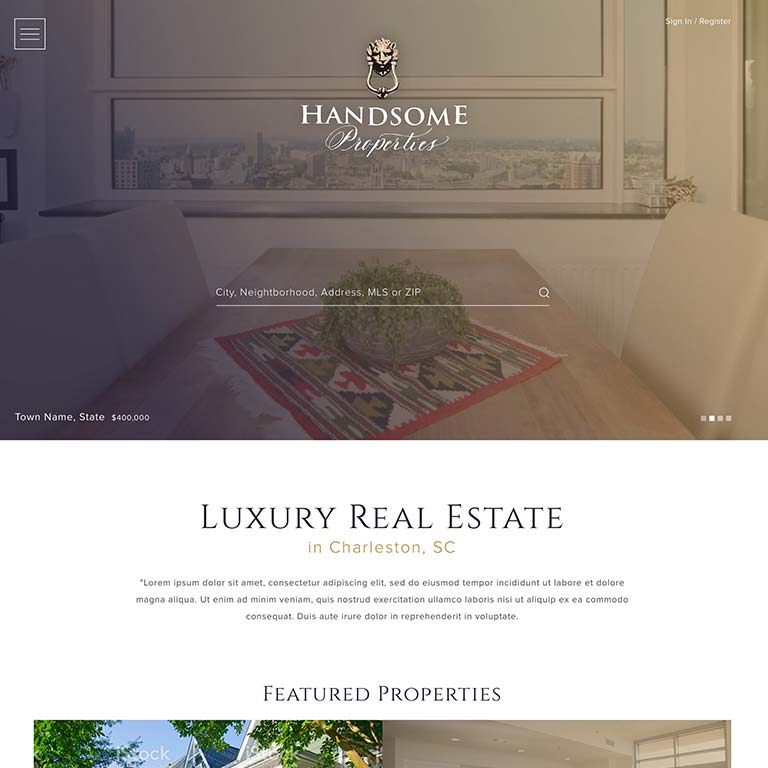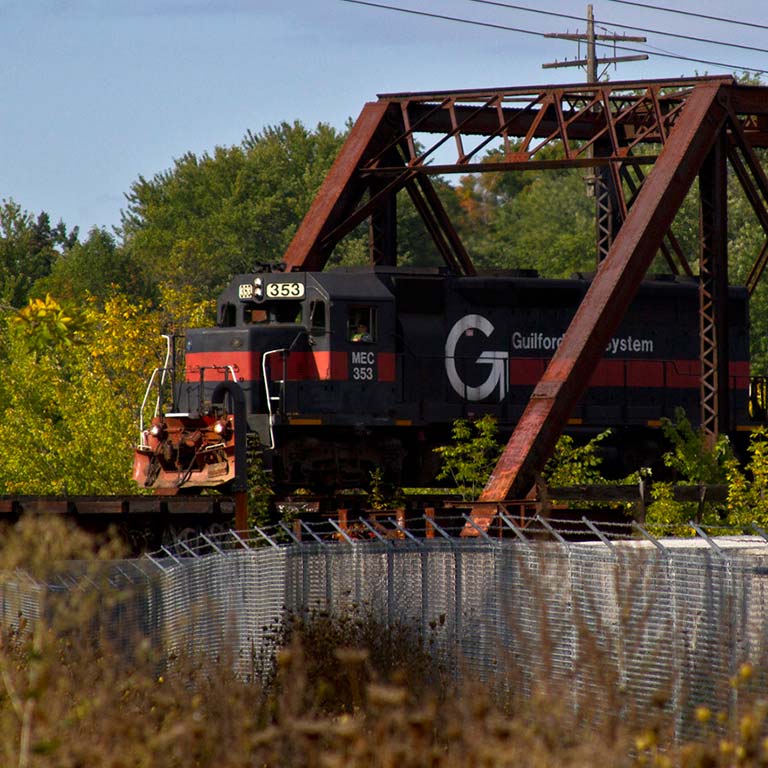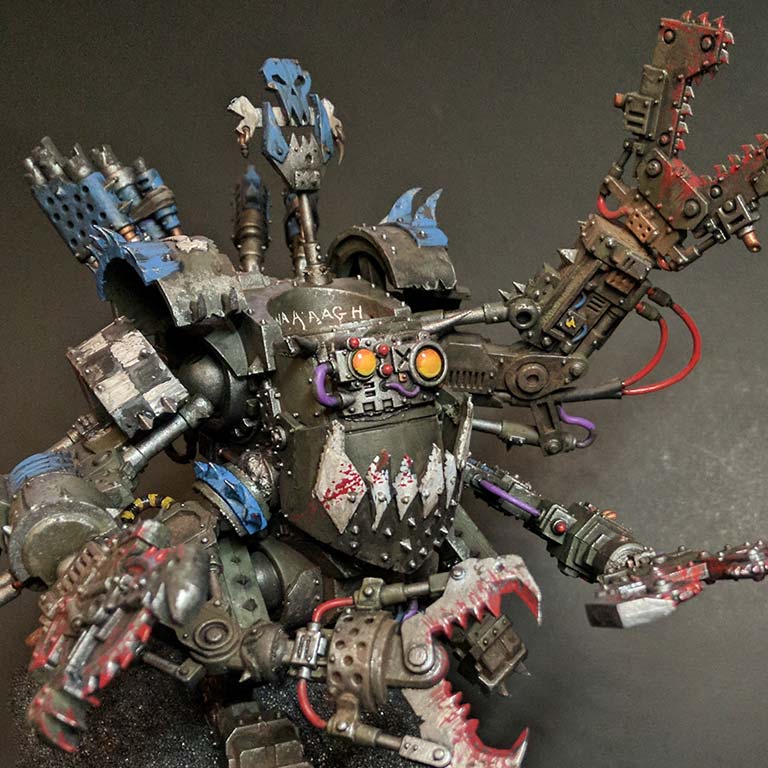Guardian Preparedness Check
The Guardian Browser is Meazure Learning's custom Chromium-based browser built in Electron and used for high-end test proctoring. It’s a bespoke high-security web browser built to lock down a user’s system while they’re taking an academic or professional test. The app runs a two-way video and audio stream while sharing the user's screen and up to two additional camera angles, all threaded and compressed locally.
In order to ensure this process could run smoothly, Meazure needed a new method of testing a user's hardware and connection that would be future-proofed regardless of new hardware standards.
The new product would also need to represent a substantial upgrade in fit and finish over the previous solution, incorporating new brand standards and accessibility requirements.
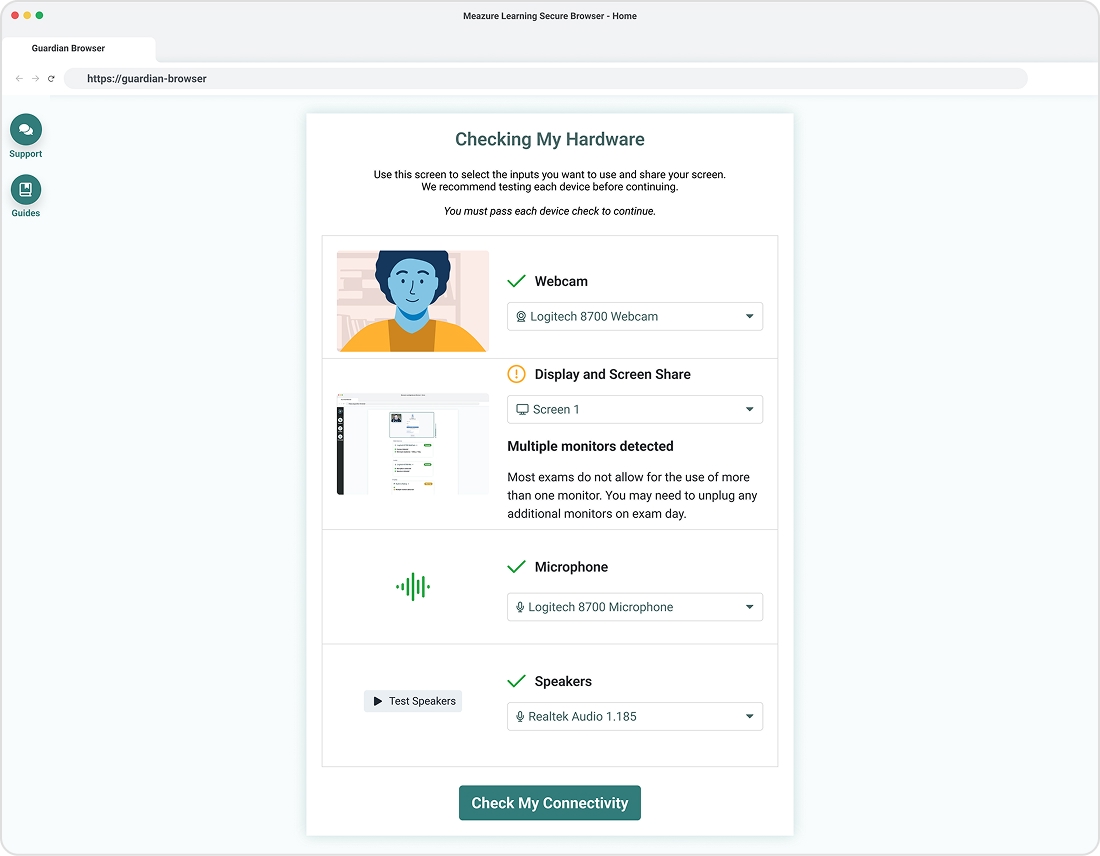

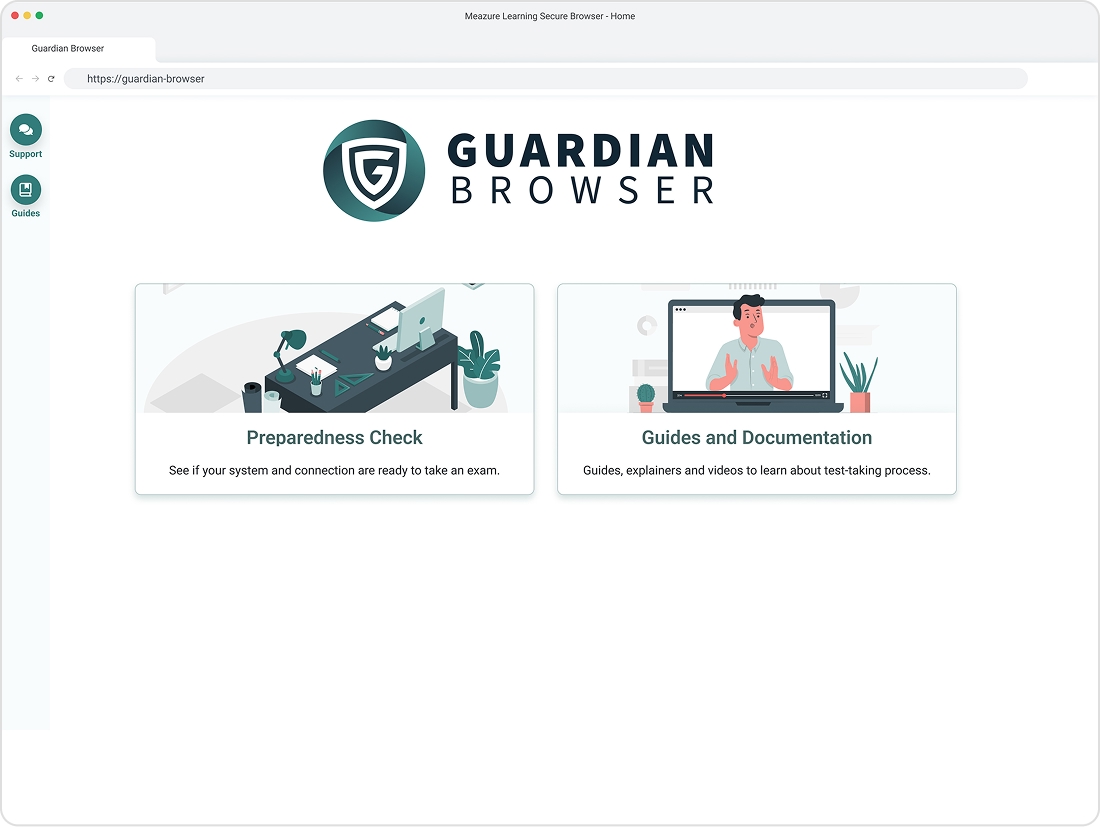
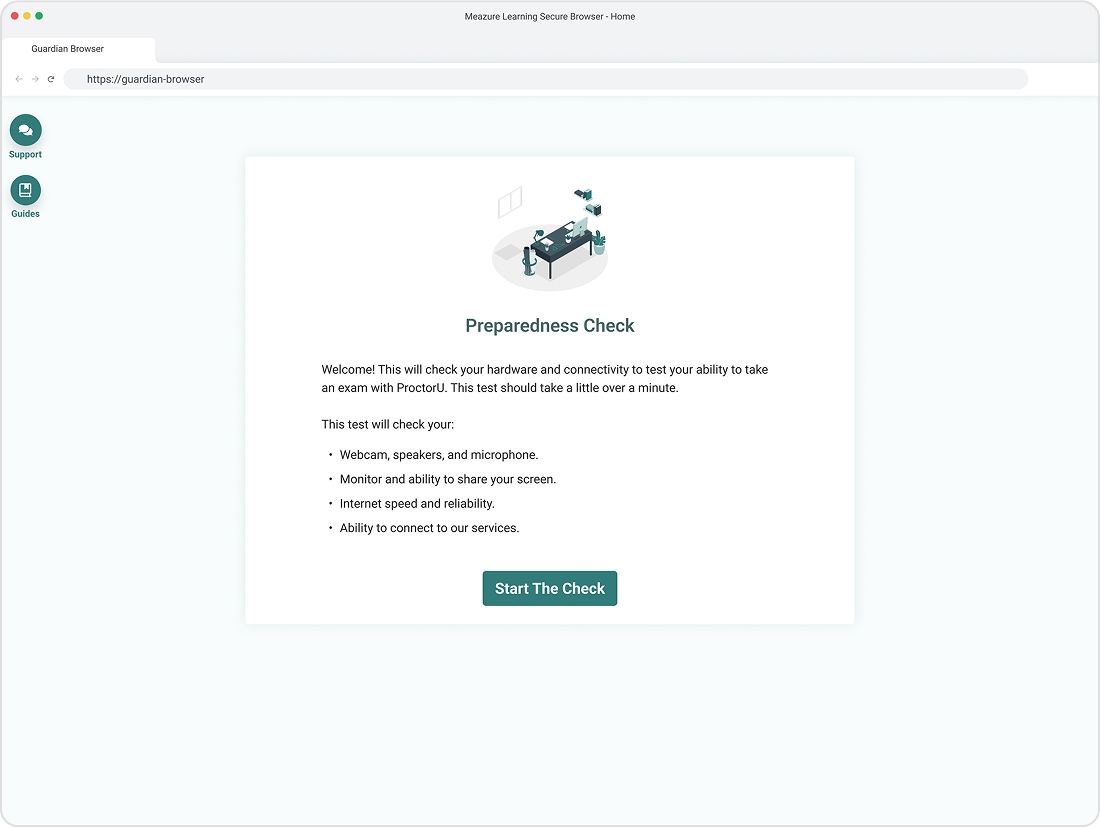
Our research led us to a design whereby the user is directed to select their hardware inputs and then undergo a one-minute benchmarking process. Using the information gathered during the selection and benchmarking, we are able to inform the user of their level of compatibility with our software and processes.
While the user is taken through this process, they’re presented with a pleasant amount of color, variety, animation, and information. Even though they’re asked to wait while a benchmark occurs, they never get bored and even learn a few helpful tips and tricks while they sit.
If the user falls below our minimum specification, they’re given ample and well-phrased solutions that they can use to fix their issues and retest. These instructions are also linked to our support systems and information libraries, ensuring that no test taker is left out.
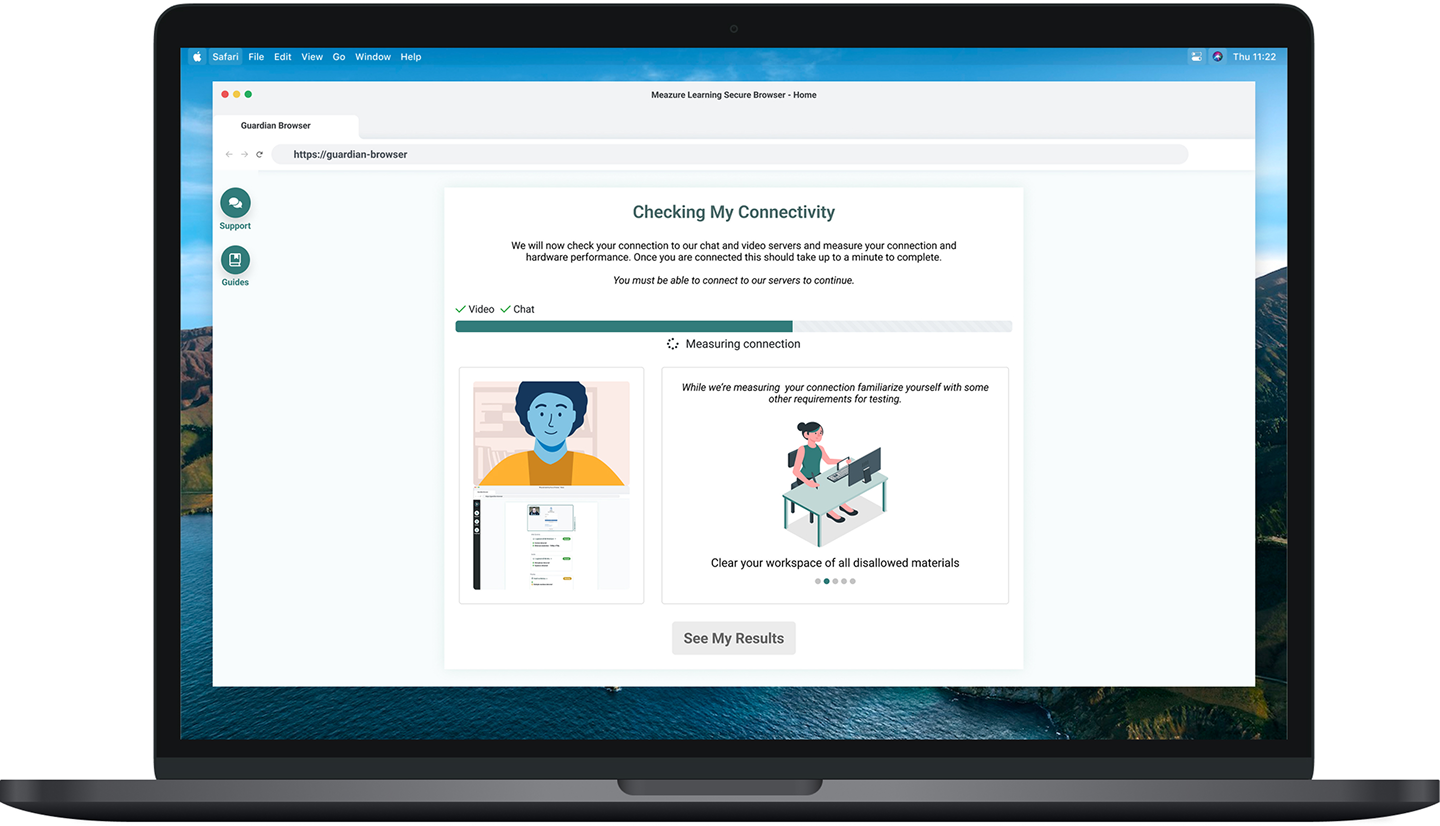
Examity Overhaul Email Redesign & Recode
Following the successful redesign and rebranding of the core Examity product line, I was tasked with overhauling the Examity email library. I sought to bring the same user-centric and component-driven design process to this task that served us so well in the overall redesign. Emails are a tricky beast; there’s no true coding standard, and each email client renders them differently in subtle and not-so-subtle ways. For this project, hardware testing across multiple devices, browsers, and operating systems was a must.
The designs shown here were implemented with success (and some fanfare) as both dark and light mode compatible in all popular clients. The process of coding and QAing them was quite the learning experience.
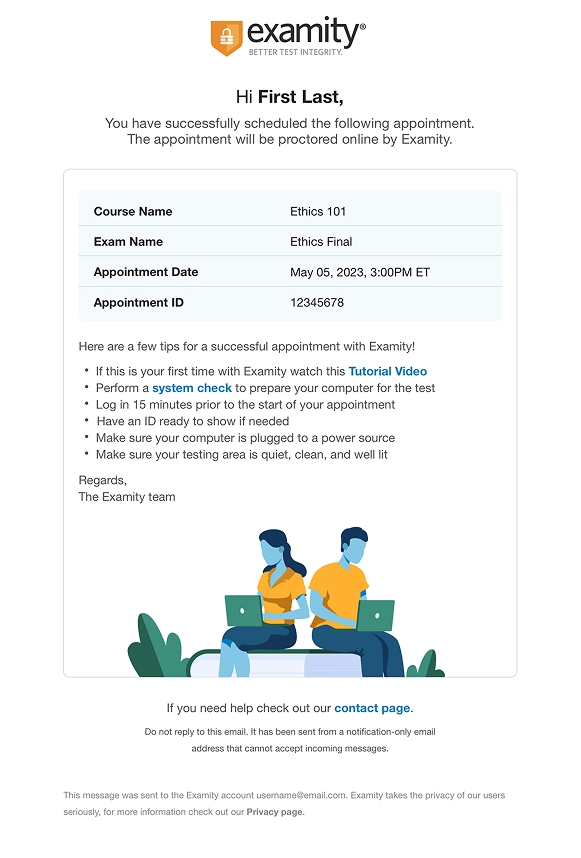
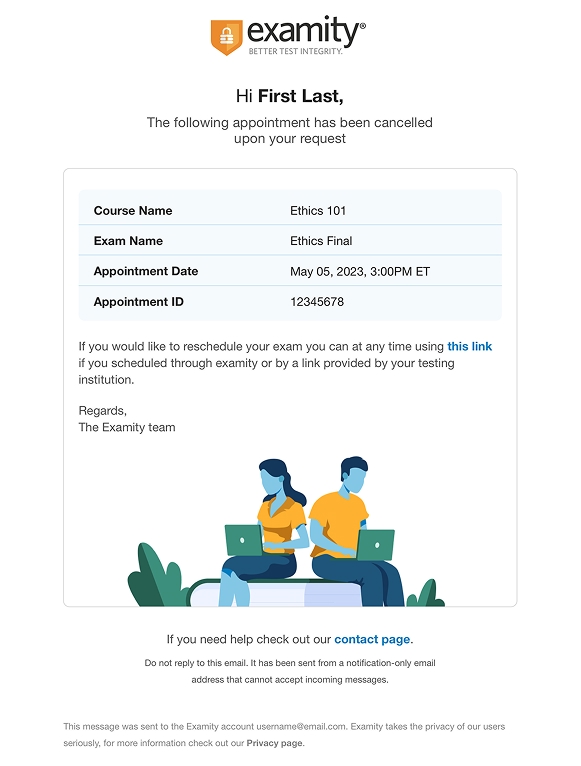

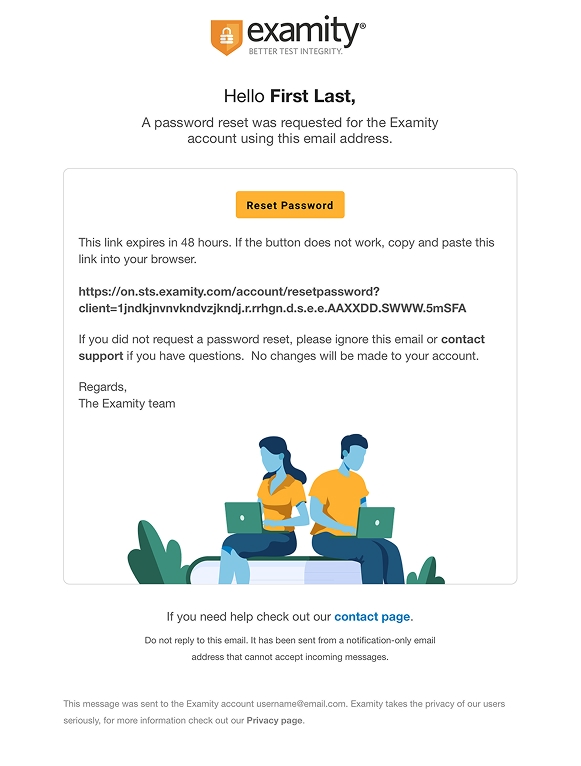
Forecaster 121
How do you differentiate the brand of a luxury condo complex in a city where a new one pops up every week? Finding an answer was the task when I was asked to handle the marketing for Forecaster 121.
The process of developing the marketing for a building is a pretty amazing process. Not only are you marketing to a prospective public that won't see the home they've pre-purchased for months or even years, but you're marketing to the city itself. Local zoning, air rights, and feature and historicity proposals—there's a lot to consider when building in the heart of a city, and wooing the city board is almost as important as wooing prospective home buyers.
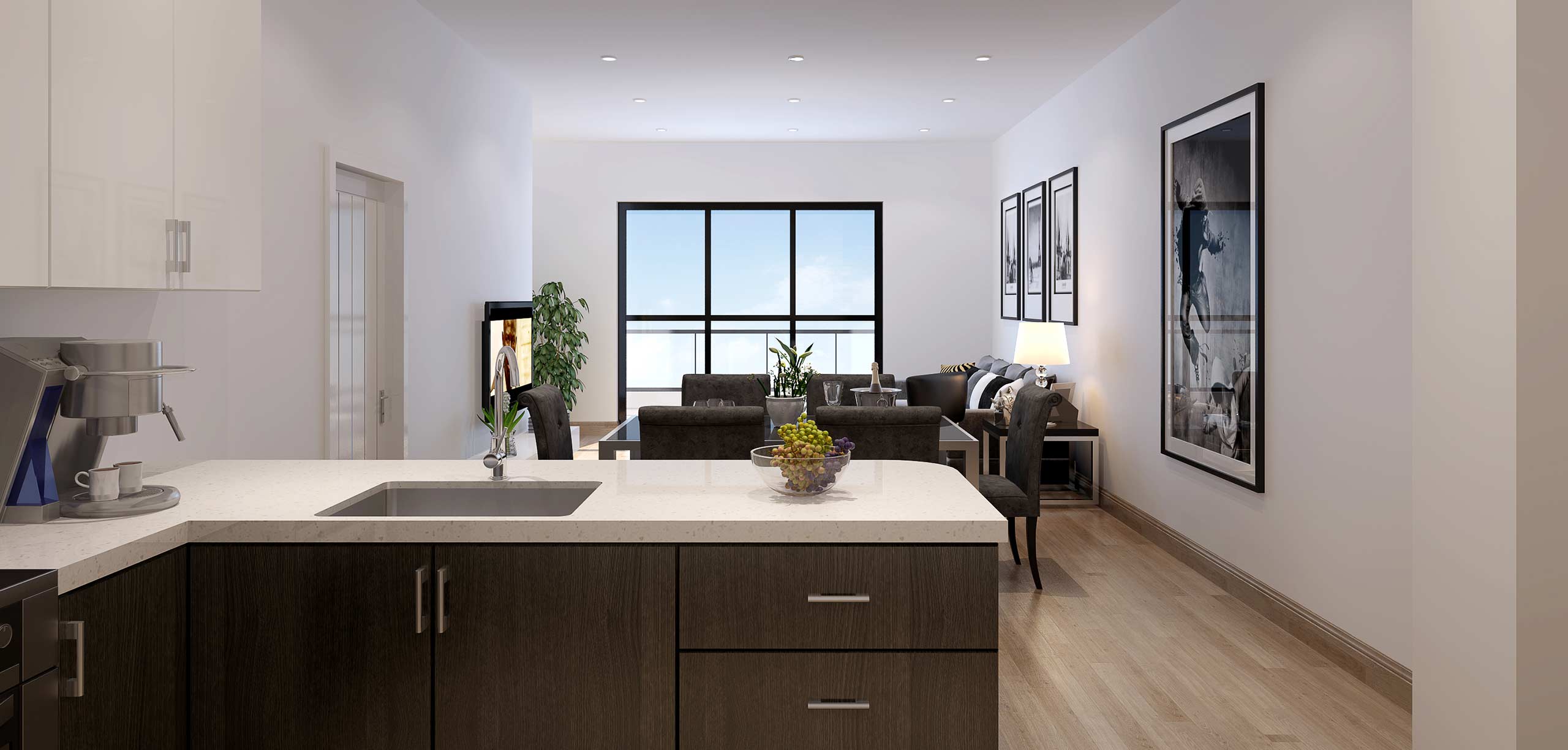
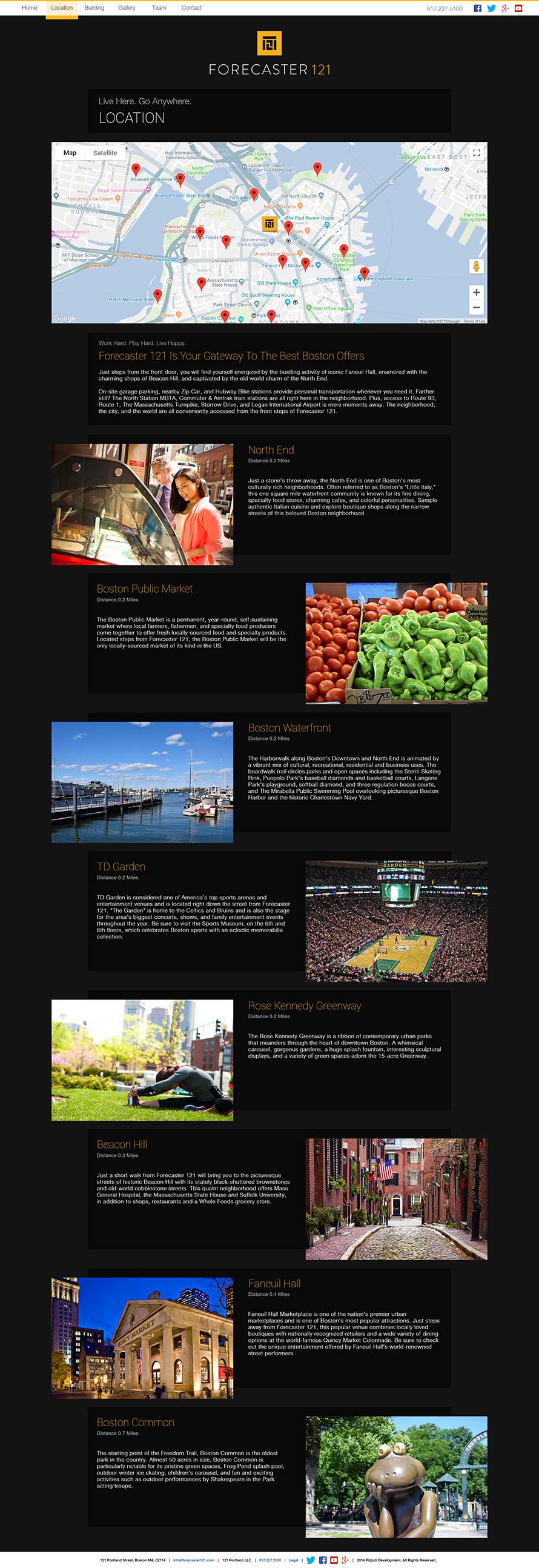
With Forecaster 121, I went with a traditional color combination that speaks to luxury: gold to speak to quality and black to accentuate the gold and provide a contemporary sharp contrast. Combining color identity with a sharply modern sans serif font and a modernist block logo helped to complete the initial identity, but there was a lot left to do.
This project was really fun because I got to stretch my legs in every area of design, from photography to print to digital. I was building a responsive website and mail templates at the same time I was designing 60-foot banners meant to hang from the sides of high-rises. I also got to help make proposals to the city look all the more professional and convincing, which really helped me learn the nuances of designing within the constraints of government needs..



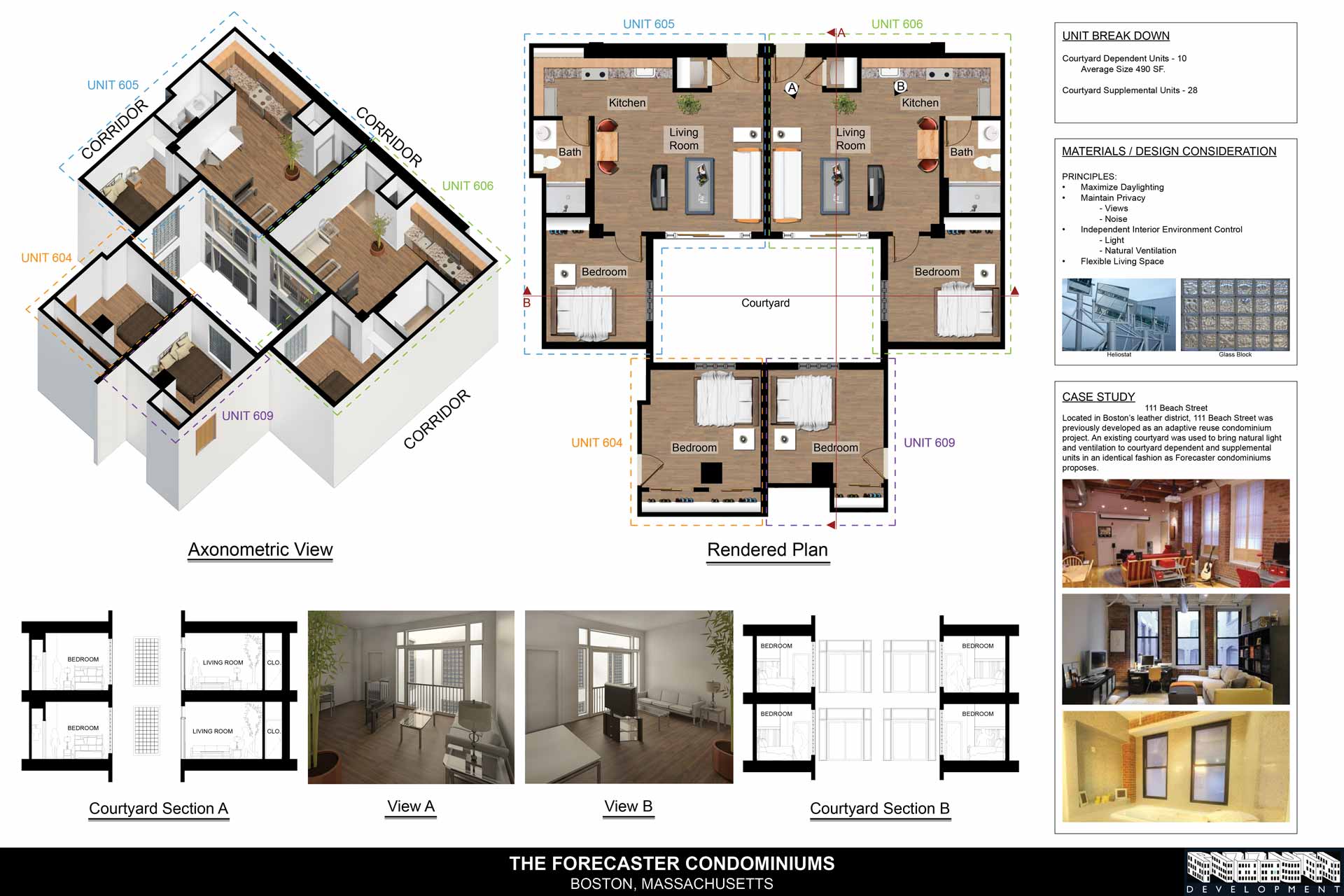

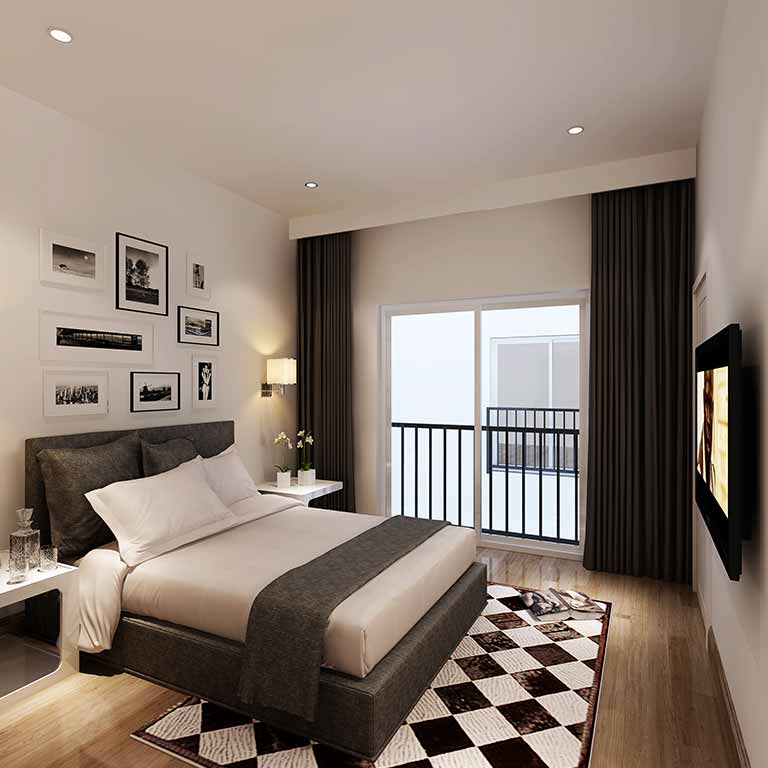
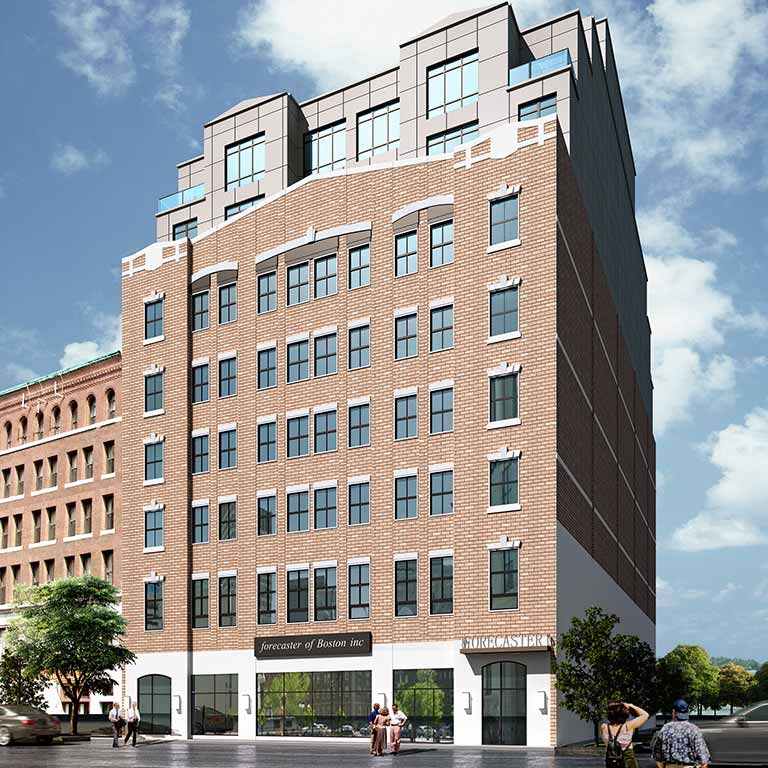

Freelance and Personal Work
I always enjoy keeping creative outlets for forms of art and design that my professional work may not be requiring. Besides freelance web development, I also sometimes take on graphics work (logos, posters, photography, the odd album cover) and even help with game development (mostly as a 3D artist) and game design on rare occasions. Besides work-related design, I also enjoy model construction and painting, which I find is a great way to stay creative and interested in the visual arts.
Below is a smattering of the projects, both professional and personal, that I've worked on over the last few years.
